Figures & data
Figure 1. Past and present geodynamic scenario of the western Mediteranean realm (a) Frame of the western Mediterranean strike-slip kinematic pattern in the Late Carboniferous–Early Permian time interval. Green area Laurussia geodynamic domain; gray area: Gondwana derived microplates; orange area: Gondwana plate. EVSZ: East Variscan Shear Zone (Corsini & Rolland, Citation2009; Padovano et al., Citation2012); PySZ: Pyrenees Shear Zones; SASZ: South Armorican Shear Zone (Tartèse et al., Citation2012); NASZ: North Armorican Shear Zone; ESZ: Elbe Shear Zone (Hofmann et al., Citation2009); CPO: Calabria-Peloritani-Orogen (CitationCirrincione et al., 2012a); Sa: Sardinia; Co: Corsica; MTM: Maures–Tanneron Massif; Big white arrow (Palinspastic reconstruction of the main contractional regional stress axis); Big black arrow (Palinspastic reconstruction of the main extensional regional stress axis) (modified after Franke, Citation2000; Matte, Citation2001; Padovano et al., Citation2014; von Raumer et al., Citation2003). (b) Present-day distribution of the Alpine and Pre-Alpine Basement in western Europe with CPO location and main Alpine strike-slip tectonic alignment (after CitationCirrincione et al., 2015).
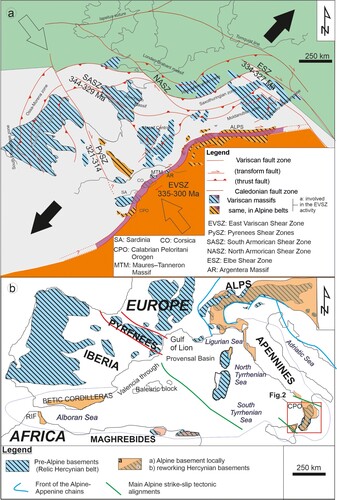
Figure 2. Geological sketch map of the Serre Massif with location of the mapped area.
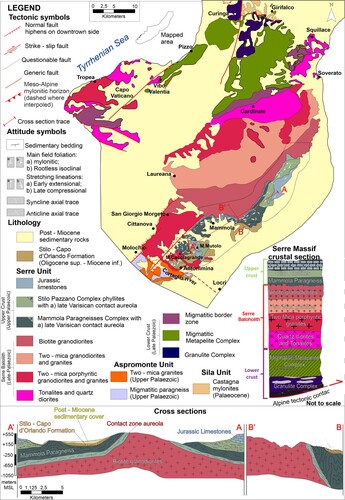
Figure 3. Field examples of lithotypes and structures from Mammola Paragneiss Complex. (a) Example of subvertical mylonitic foliation reporting finite strain ellipsoid sections with indication of the dextral shear sense (White circle on the upper left side indicates an inward movement relative to the observer. White circle on the upper right side indicates an outward movement relative to the observer). (b) Example of late-S3 mylonitic foliation. (c) Sin-kinematic asymmetric intrafoliar fold showing dextral shear sense consistent with an ENE tectonic transport. Cutting according to the XZ ellipsoid section. (d) Mylonitic amphibolite levels (Monte Bruverello area). (e) Longitudinal oblique folds sections. Cutting according to the YZ ellipsoid section (B3 is the axis of the oblique folding generated during the strike-slip movement. S3 is the mylonitic field-foliation). (f) Axial plane foliation preserved within a relic of isoclinal folding (S1 is the relic axial plane foliation preserved as low-strain domain within the S3 mylonitic field-foliation. B1 is the axis of the isoclinal folding event produced during the first recognized deformational phase D1). (g) Sub-perpendicular foliation produced by a centimeter wavelength crenulation in micaschist levels (B2 stay for wavelength centimeter axis produced during the D2 event. See text for more explanation). (h) Post-tectonic paraconcordant dyke and late-tectonic dyke characterized by supra-solidus deformative structures (h′’). (i) Discordant post-tectonic aplitic dyke.
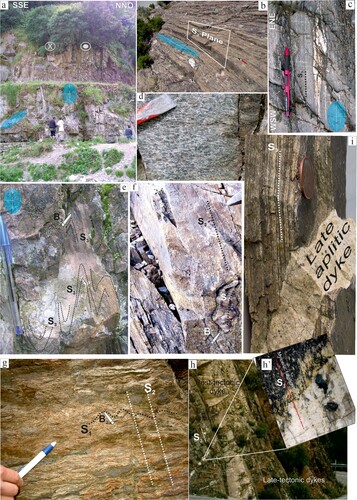
Figure 4. Structural data orientation patterns collected along the mapped area. Contouring and statistical analyses are computed on main foliation data by means of the tool ArcStereoNet (Ortolano et al., Citation2021). The π axes are statistically computed as the poles to Bingham best-fit planes. (a) MPC structural data collected on central western and central eastern sector, respectively. (b) SPC structural data collected on north-eastern and central-eastern sector, respectively.
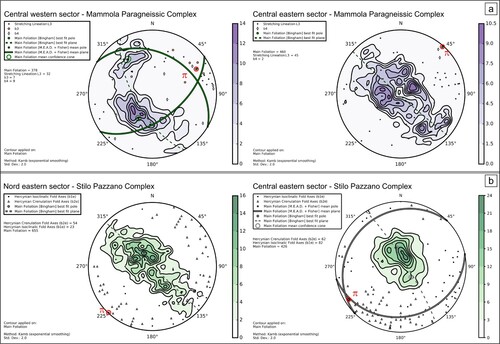
Figure 5. Panoramic landscape of the preserved original tectono-stratigraphic setting between SPC phyllites and Monte Mutolo limestones near Canolo town. MPC lithotypes are in contact along a tectonic detachement.
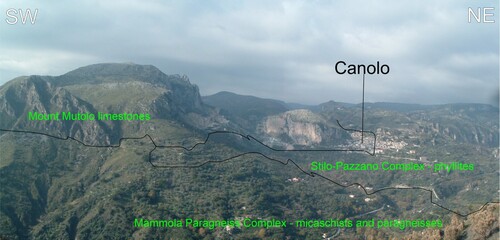
Figure 6. Field examples of lithotypes and structures belonging to the Stilo-Pazzano Complex. (a) Isoclinal folding of the original S0 surface highlighted by the development of an axial plane foliation. (b–b′) Centimeter- to submillimetre-wavelength crenulation on S1 surface. (c) Unrooted lenses of isoclinal folds indicating an extensional shearing. (d–d′) Sub-vertical foliation facilitating granite intrusion. (e) Centimetric static andalusite porphyroblast occurring near the plutonic contact. (f–f′) Asymmetric folding with axis parallel to the preserved primary contact with main batholite intrusion.
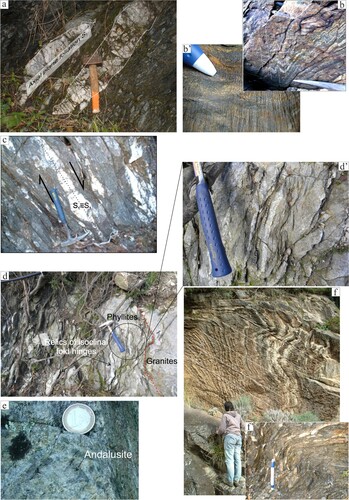
Figure 7. Field examples of lithotypes and structures belonging to the Aspromonte Unit. (a–b) Migmatitic paragneisses. (c–d) Late-Variscan small-sized granites intruding migmatitic paragneisses. (e–e′) Unconsolidated ultracataclasites from granitoid parent rock near the Cortaglia tectonic alignment. (f–f′) Mylonitic leucocratic orthogneisses characterized by the absence of recovery processes.
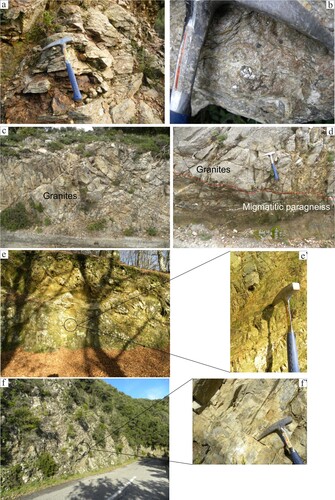
Figure 8. Synoptic reconstruction of the field- and petrographic-related evidence of the tectono-metamorphic evolution of the Mammola Paragneiss- and Stilo-Pazzano - metamorphic complexes.
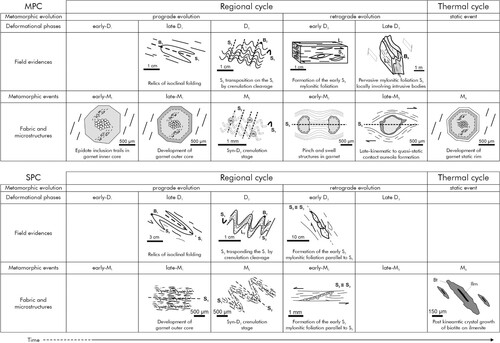
TJOM_A_2057876_Supplementary material
Download PDF (7.1 MB)TJOM_A_2057876_A_Supplementary material
Download PDF (19.6 MB)Data availability statement
The data that support the findings of this study are openly available in ‘Figshare’ at http://doi.org/10.6084/m9.figshare.14601396.
